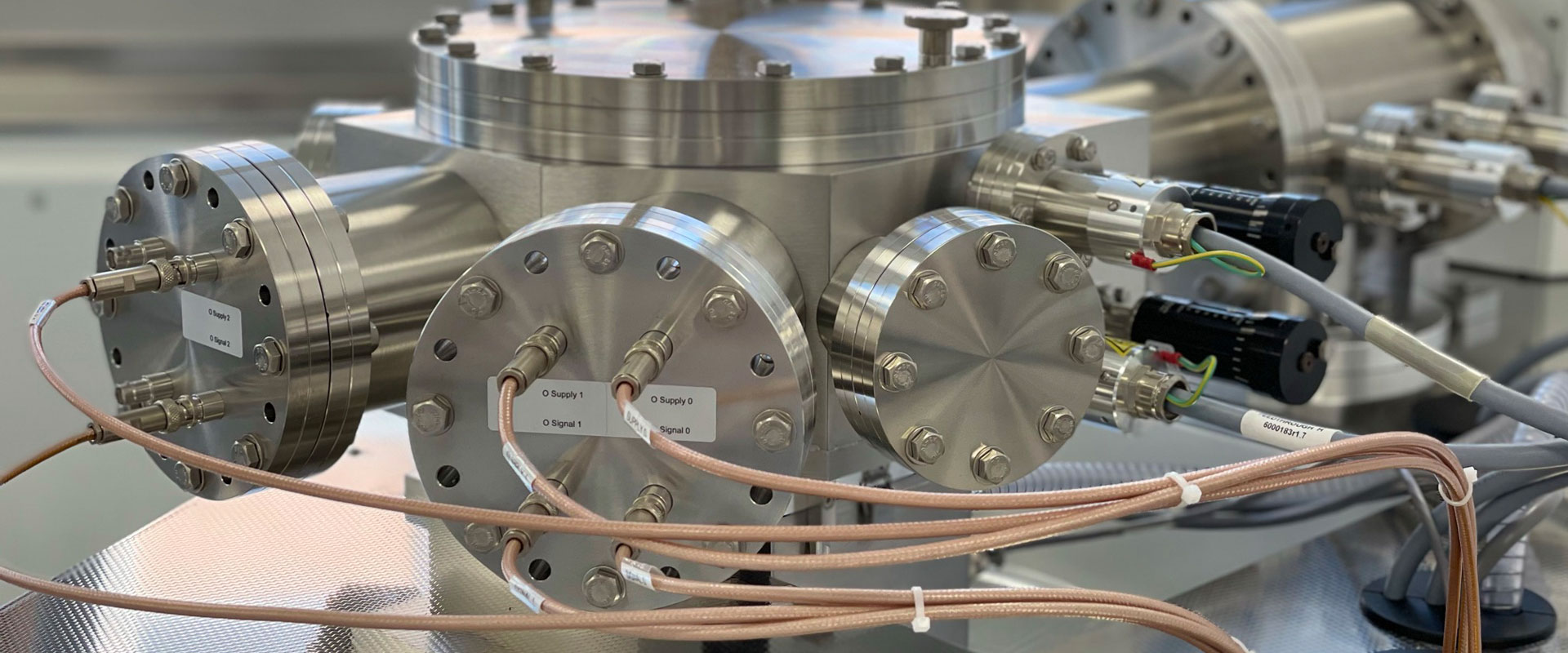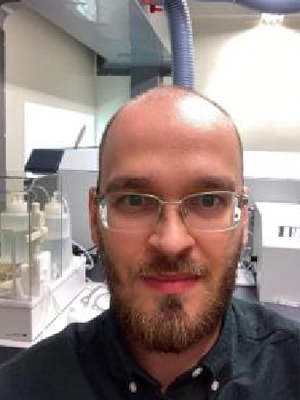- Name: Stepan M. Chernonozhkin
- Arbeitsgruppe/-ort: Allgemeine und Analytische Chemie
- Position: Senior Researcher
Arbeitsgebiet: Working at the edge of modern analytical chemistry, ICP massspectrometry and isotope geo- and cosmochemistry, I develop novel ICP-MS based trace element and isotope proxies and apply them to answer geo- and cosmochemical problems. The core interests of my research is the development of the plasma source mass spectrometry analytical methods, including in situ measurements via laser ablation at the mineral scale, and mechanisms of isotope fractionation of nontraditional stable isotopes in the Solar System. My PhD in the A&MS group in University Ghent has provided me with a broad range of practical skills in state of the art (MC)-ICP-MS applications and in associated techniques. At the same time, I have acquired knowledge in geo- and cosmochemistry through collaborations with the Analytical, Environmental and Geo- Chemistry research unit of the VUB, Brussels (Belgium) and at the CRPG Nancy and Laboratoire GeoRessources, Université Lorraine (France). Through these collaborations, I studied the early core formation processes using Ni, Fe stable isotopes in pallasites and iron meteorites, diffusive Fe, Ni isotope profiles, and 2D trace element distributions. Together with my colleagues from KU Leuven, I developed methods for LA-MC-ICP-MS analysis of Sr, Pb in glass for archaeometry applications. During my postdoc stay at the CRPG Nancy and Laboratoire GeoRessources, Université Lorraine, France, I broadened my scientific views with additional analytical techniques, such as TIMS and SEM applications, as well as application of Re-Os and Sm-Nd chronometers and the geochemistry of ore deposits. I demonstrated that rammelsbergite (NiAs2 mineral) is suitable for use as a valuable Re-Os age proxy, equivalent to the now routinely measured molybdenite. As a postdoc in the ET-HOME EoS project in Belgium, I applied my expertise in stable isotope analysis (Fe, Zn, Mg) to understand the primitive meteorite evolution, which has a direct bearing on our understanding of how the terrestrial planets formed in the early Solar System. I use isotopic composition of microtektites, measured at high precision via LA-MCICP-MS, as an isolated case of evaporative isotope fractionation of moderately volatile elements on Earth to understand how hypervelocity impacts affected the isotope budgets of asteroids and planetary bodies in the Solar System.

